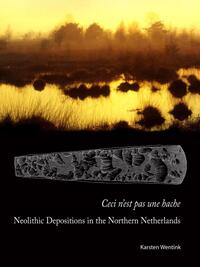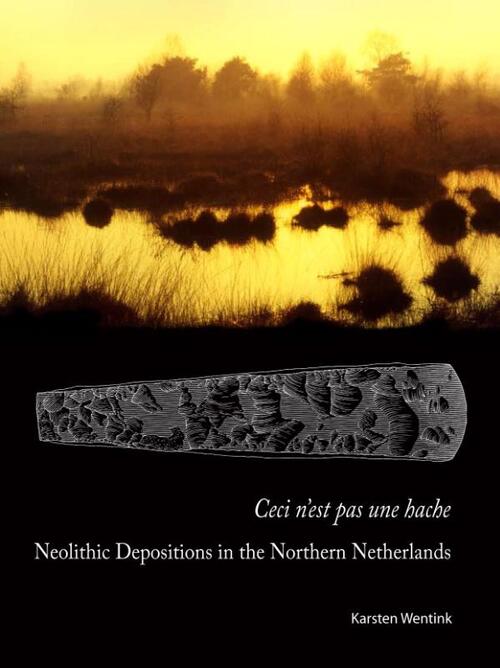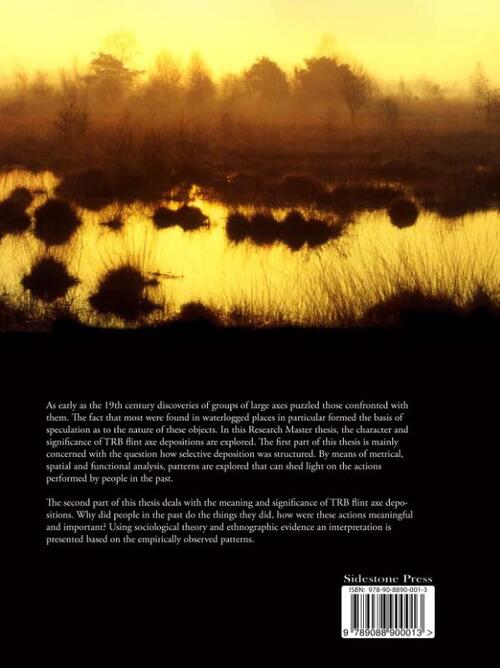25.00
1 - 2 Weken
As early as the 19th century discoveries of groups of large axes puzzled those confronted with them. The fact that most were found in waterlogged places in particular formed the basis of speculation as to the nature of these objects. In this Research Master thesis, the character and significance of TRB flint axe depositions are explored. The first part of this thesis is mainly concerned with the question how selective deposition was structured. By means of metrical, spatial and functional analysis, patterns are explored that can shed light on the actions performed by people in the past. The second part of this thesis deals with the meaning and significance of TRB flint axe depositions. Why did people in the past do the things they did, how were these actions meaningful and important? Using sociological theory and ethnographic evidence an interpretation is presented based on the empirically observed patterns.

- : K. Wentink
- : Sidestone Press
- : 9789088900013
- : Engels
- : Paperback
- : 133
- : april 2007
- : 494
- : 280 x 215 x 8 mm.

